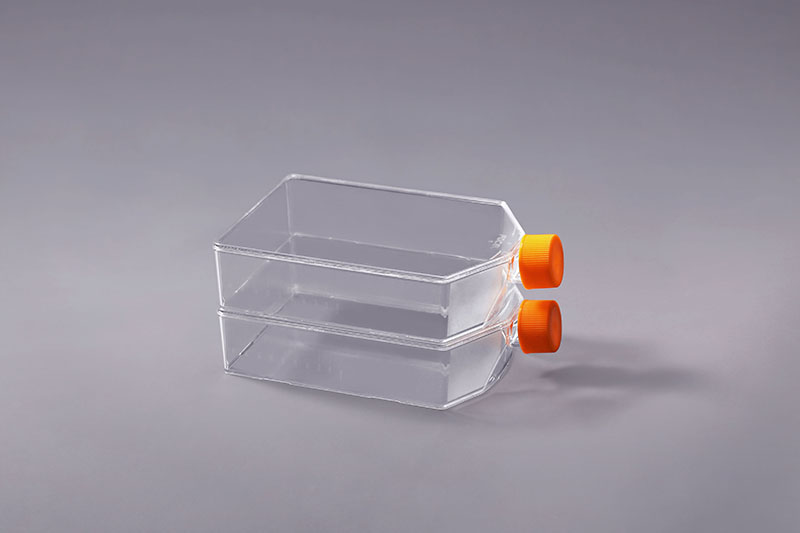Cell culture flask세포 배양 과정에서 일반적으로 사용되는 소모품 유형입니다. Cell growth는 환경에 대한 요구 사항이 더 높으며, 소모품 선택도 pyrogen-free 요구 사항을 충족해야 합니다. 그렇다면 pyrogen-free는 무엇을 의미합니까?
pyrogens에는 두 가지 유형이 있습니다. 하나는 시상하부의 체온조절 중추에 작용하는 내인성 발열원으로 체온을 올릴 수 있는 단백질이다. 하나는 외인성 발열원으로 발열의 원인이 될 수 있는 이물질을 말합니다. 일반적으로 내인성 발열원을 유도하여 작동합니다. 우리가 일반적으로 세포 배양 플라스크와 같은 발열원 없는 소모품이라고 부르는 것은 외인성 발열원을 의미합니다.
외인성 발열원은 주로 특정 박테리아, 박테리아 시체 및 내독소의 대사 산물인 박테리아 발열원입니다. 그람음성간균이 열을 일으키는 능력이 가장 강하고 그람양성균이 그 뒤를 잇는다. 그람 양성 구균은 약합니다. 곰팡이, 효모, 심지어 바이러스도 발열원을 생성할 수 있습니다. 발열원은 일반적으로 인지질 폴리올과 단백질의 조합으로 형성된 복합체입니다. 인지질 폴리올은 복합체의 활성 중심이며 가장 강력한 발열 효과가 있습니다. 그것의 화학적 조성은 다른 균주에 따라 다릅니다. 분자량은 5×104~5×105이며, 분자량이 가까울수록 열효과가 강하다. 세포 배양 과정에서 소모품에 발열원이 포함되어 있으면 세포의 성장과 번식에 직접적인 영향을 미치므로 이러한 소모품은 가능한 외인성 내 독소를 제거하고 세포의 정상적인 성장을 보장하기 위해 특별한 처리를 받아야합니다.
또한 세포 배양 플라스크, 세포 배양에 사용되는 마이크로파이펫 및 매칭 팁과 같은 소모품은 사용하기 전에 발열원을 제거하기 위해 특별한 처리가 필요합니다.
The FAI climbed 5.9 percent year-on-year in the first 11 months of 2018, quickening from the 5.7-percent growth in Jan-Oct, the National Bureau of Statistics (NBS) said Friday in an online statement.
The key indicator of investment, dubbed a major growth driver, hit the bottom in August and has since started to rebound steadily.
In the face of emerging economic challenges home and abroad, China has stepped up efforts to stabilize investment, in particular rolling out measures to motivate private investors and channel funds into infrastructure.
Friday's data showed private investment, accounting for more than 60 percent of the total FAI, expanded by a brisk 8.7 percent.
NBS spokesperson Mao Shengyong said funds into weak economic links registered rapid increases as investment in environmental protection and agriculture jumped 42 percent and 12.5 percent respectively, much faster than the average.
In breakdown, investment in high-tech and equipment manufacturing remained vigorous with 16.1-percent and 11.6-percent increases respectively in the first 11 months. Infrastructure investment gained 3.7 percent, staying flat. Investment in property development rose 9.7 percent, also unchanged.
 English
English



















































